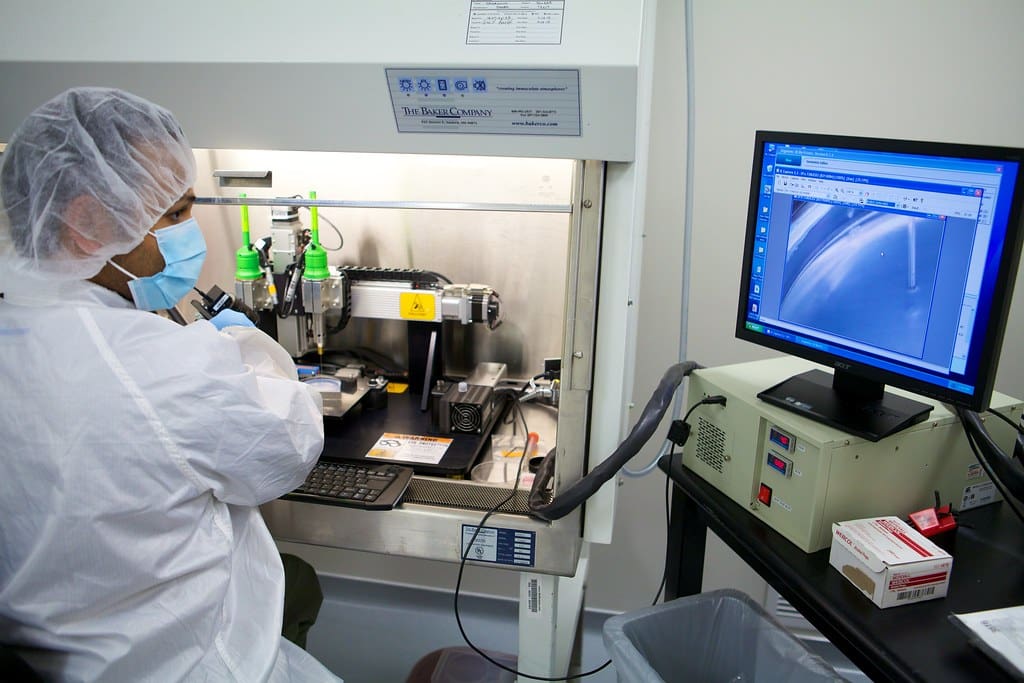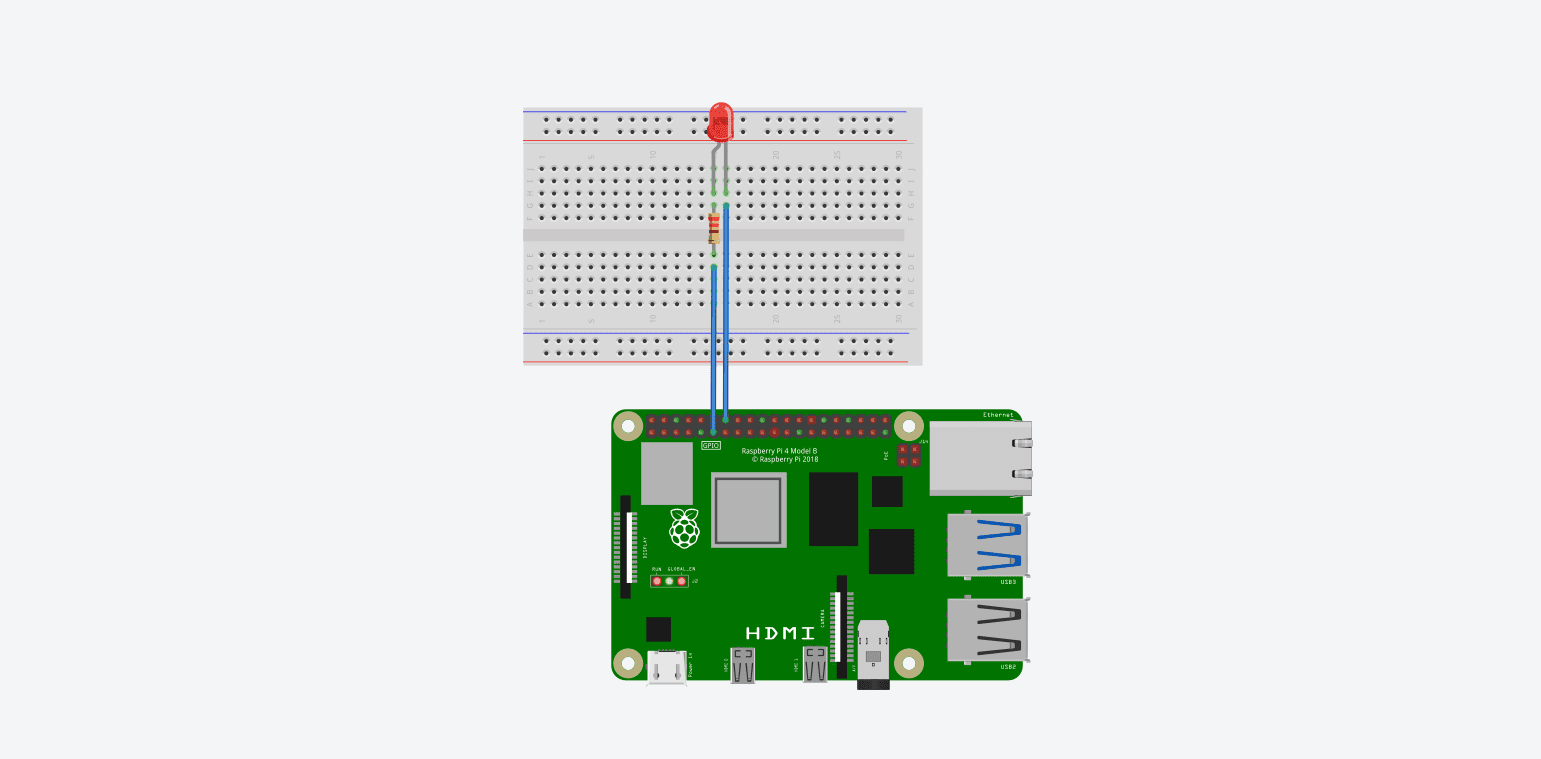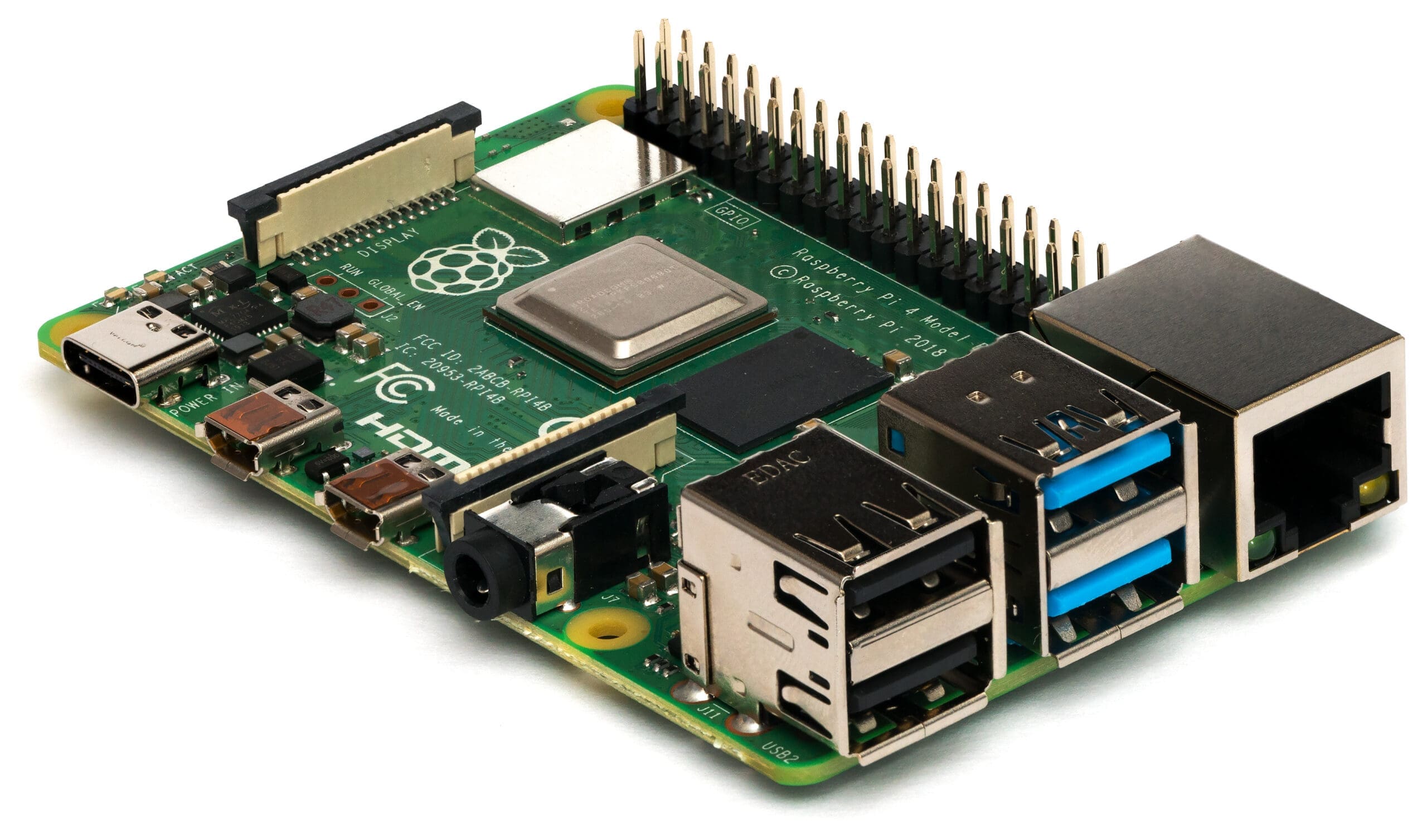Bioengineering, a field at the intersection of biology, engineering, and technology, focuses on developing solutions that advance healthcare, agricultural efficiency, and environmental sustainability. The introduction of 3D printing into bioengineering has revolutionized the field by enabling the creation of complex biological systems, custom medical devices, and innovative bioproducts with unprecedented precision. This technology facilitates the direct fabrication of structures that mimic natural biological processes, enhancing research, diagnostics, therapy, and production in various bioengineering applications.
The Emergence of 3D Printing in Bioengineering
Originally used for prototyping in manufacturing and design, 3D printing has expanded into bioengineering, driven by its potential to produce intricate and patient-specific solutions. Advances in bioprinting and the development of bio-compatible materials have allowed for the printing of tissues, organs, and bio-integrated devices, propelling forward both clinical and environmental applications of bioengineering.
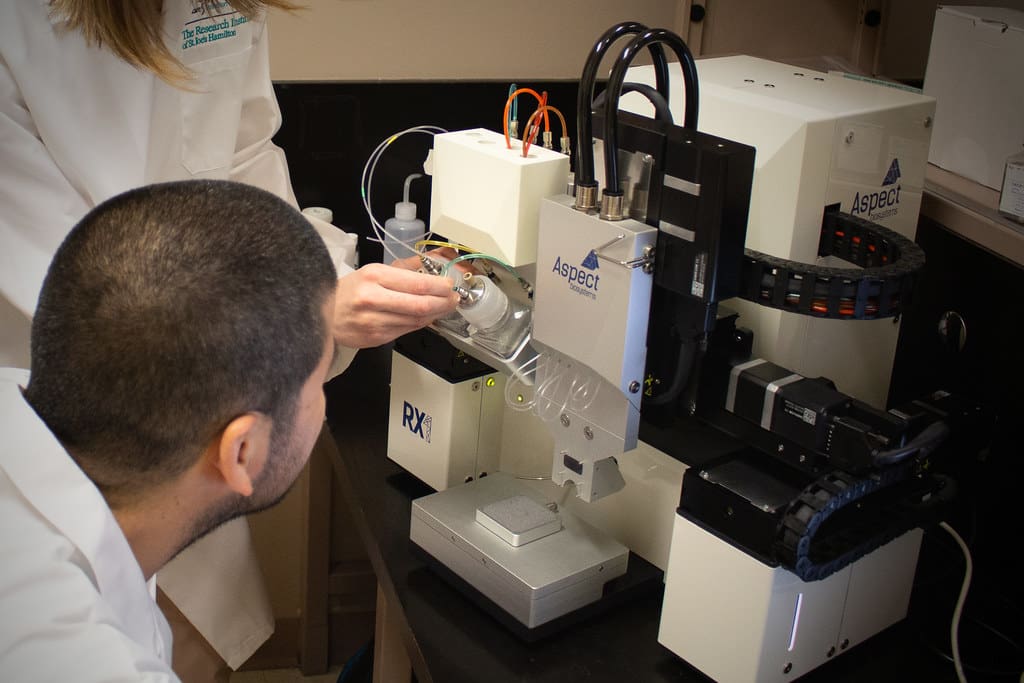
Advantages of 3D Printing in Bioengineering
Customization and Precision: 3D printing offers unparalleled customization capabilities, allowing bioengineers to create devices and systems tailored to individual specifications, whether adapting implants to a patient’s anatomy or designing bioreactors for specific microbial cultures.
Complexity and Multifunctionality: The technology enables the fabrication of complex geometrical structures that traditional methods cannot achieve, such as intricate scaffolds for tissue engineering or complex delivery systems for targeted drug therapies.
Rapid Prototyping: The ability to quickly produce prototypes speeds up the iterative process of design, testing, and refinement, significantly reducing development timelines from concept to final product.
Cost Efficiency and Accessibility: By reducing material waste and the need for expensive tooling, 3D printing lowers the cost of developing new bioengineering products, making advanced technologies more accessible to smaller laboratories and institutions.
Key Applications of 3D Printing in Bioengineering
Tissue Engineering and Regenerative Medicine: Bioprinting tissues and organs is one of the most promising applications of 3D printing in bioengineering. Structures such as vascular grafts, cartilage, and even complex organ scaffolds can be printed to support the growth of functional biological tissues.
Biomedical Devices and Implants: From prosthetics that are custom-fitted to the user to cranial implants designed for specific patients, 3D printing allows for the rapid development of medical devices that meet unique clinical needs.
Pharmaceuticals: 3D printing is used to create personalized medicine with controlled drug release patterns, dosages, and combinations of active ingredients, enhancing therapeutic efficacy and patient compliance.
Environmental and Agricultural Applications: In environmental bioengineering, 3D printing can create systems for water purification or chemical remediation that are specifically engineered to address particular contaminants. Similarly, in agriculture, 3D printed devices can optimize plant growth or streamline the production of biomaterials.
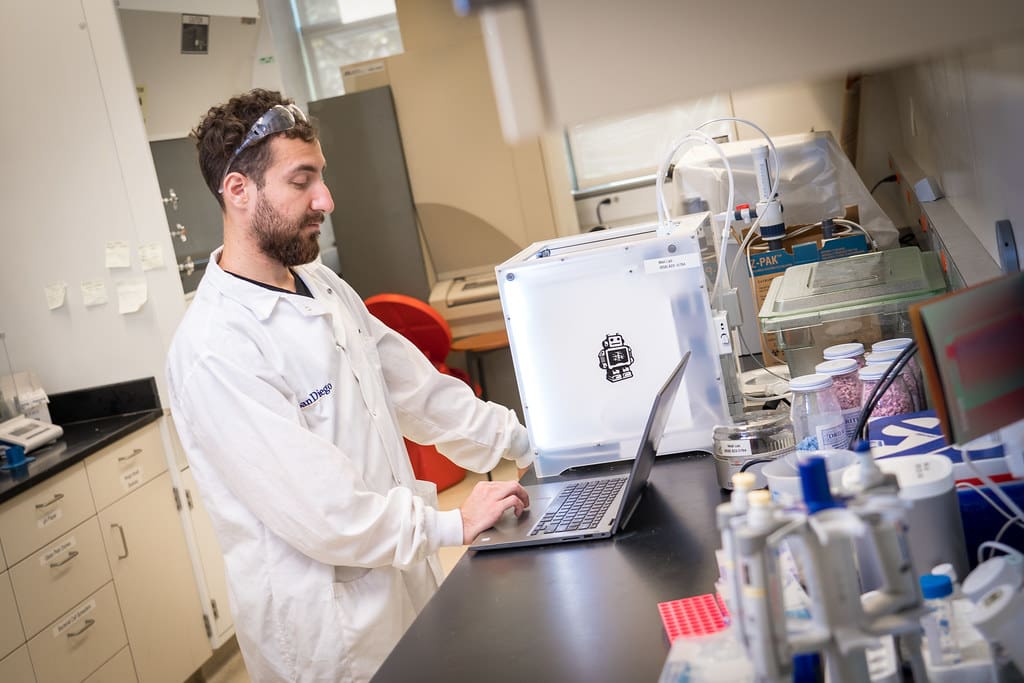
Challenges in 3D Printing for Bioengineering
Material Challenges: Developing materials that are strong, flexible, and biocompatible for 3D printing is complex and requires ongoing innovation. These materials must also often be compatible with living cells and biological systems.
Regulatory and Ethical Issues: The use of 3D printed bioproducts, especially in medical applications, involves navigating a complex regulatory landscape to ensure safety and efficacy. Ethical considerations also arise, particularly with respect to bioprinting tissues and organs.
Scalability and Reproducibility: While 3D printing is excellent for prototyping and small-scale production, scaling up to industrial manufacturing presents significant challenges, including maintaining consistency and quality control.
Technical Expertise: The interdisciplinary nature of bioengineering combined with the technical complexities of 3D printing requires a high level of expertise, making training and education key components for advancing this field.
Future Directions in 3D Printing for Bioengineering
The future of 3D printing in bioengineering holds immense promise, with ongoing research focused on enhancing material properties, increasing printing resolution and speed, and integrating new biofabrication methods. Innovations such as multi-material printing, the use of nanomaterials, and the incorporation of real-time monitoring and control systems during the printing process are expected to drive significant advances in the field.
3D printing is set to continue its transformative impact on bioengineering, offering novel ways to address complex biomedical and environmental challenges. As the technology progresses, it promises to unlock further potential in creating more sophisticated, efficient, and personalized bioengineering solutions, revolutionizing how we approach health, environmental, and agricultural issues.

